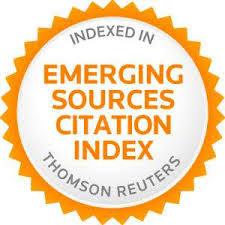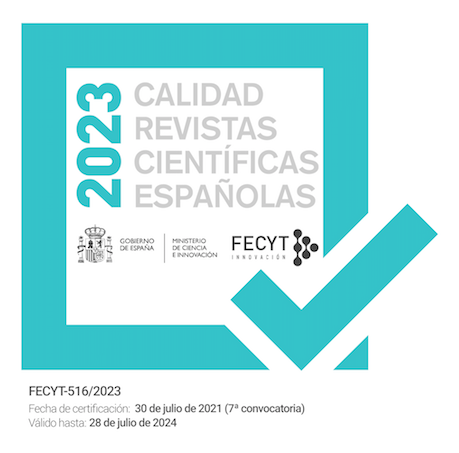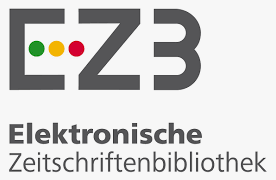Acquired disorders in Oral and Written Spanish
Abstract
It is emphasized that Spanish –as any other language– presents some phonological, lexical and grammatical idiosyncrasies; its writing system also has some special characteristics. These idiosyncrasies affect the specific way as acquired spoken (aphasias) and written (alexias and agraphias) language disturbances are manifested. In this paper some of these idiosyncrasies are analyzed. It is concluded that, (1) in aphasia, distribution of errors in consonants and vowels is different than reported in other languages; (2) phonological and verbal paraphasias have a specific distribution depending upon the aphasia type; (3) agrammatism in Spanish language has certain specific characteristics, probably related with its flexibility in the word order in sentences; (4) it does not seem appropriate to directly apply to Spanish the reading models developed in other languages.Downloads
The works published in this magazine are subject to the following terms:
1. The Publications Service of the University of Murcia (the publisher) preserves the economic rights (copyright) of the published works, and favors and allows the reuse of same under the license of use indicated in point 2.
2. The papers are published in the electronic edition of the magazine under a Creative Commons Attribution-NonCommercial-NoDerivative 3.0 Spain license (legal text). Papers may be copied, used, disseminated, transmitted and publicly exhibited if the following requirements are met: i) The authorship and the original source of its publication (magazine, editorial and URL of the work) must be cited; ii) The works cannot be used for commercial purposes; iii) The existence and specifications of this user license must be explicitly mentioned.
3. Self-archiving conditions. Authors can electronically disseminate pre-print versions (version before being evaluated) and / or post-print versions (version evaluated and accepted for publication). This makes possible its circulation and diffusion earlier and with it a possible increase in its citation and reach among the academic community. RoMEO color: green.












_15.00_.10_.png)
_15.11_.42_.png)













